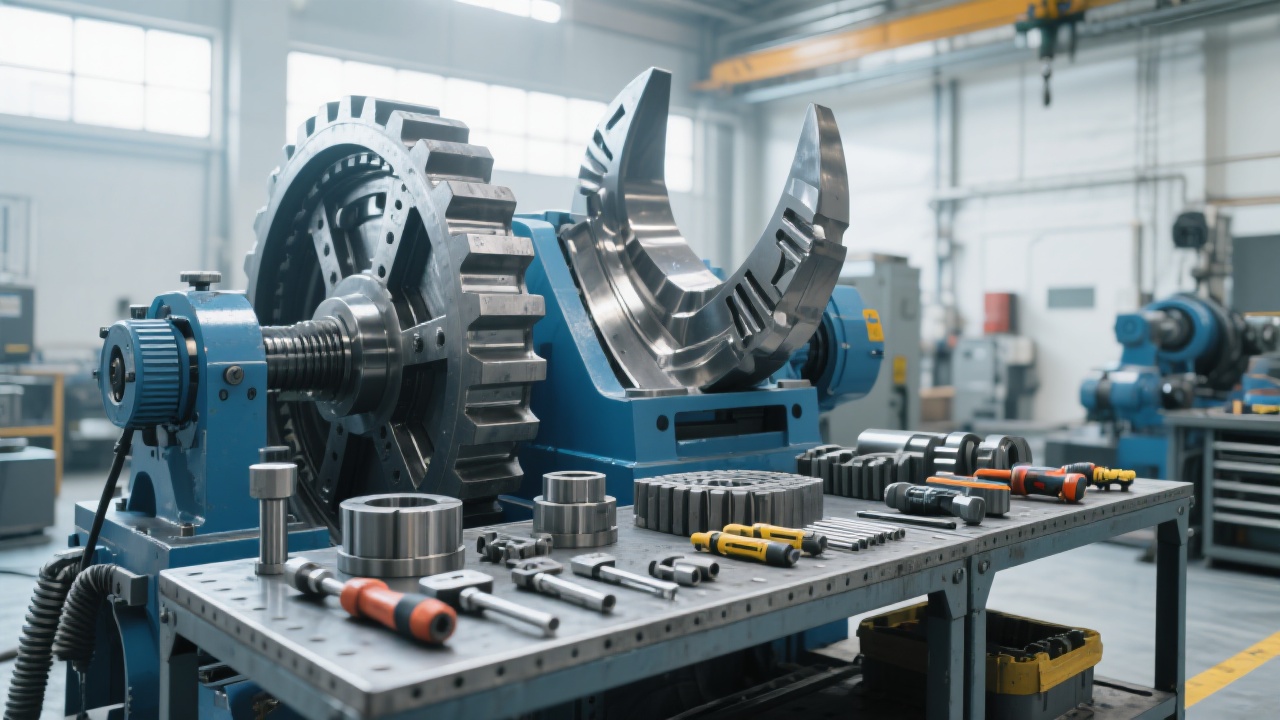
In the global mining and construction sectors, jaw crushers remain a cornerstone of primary crushing operations — but their performance hinges critically on one often-overlooked factor: the geometry of the crushing chamber. At郑州矿联机械有限公司 (Zhengzhou Kuanglian Machinery Co., Ltd.), we’ve spent over a decade refining this element, leading to breakthroughs like our patented V-shaped chamber design, which boosts throughput by up to 27% while reducing energy consumption by as much as 15% — all without compromising product quality.
The crushing chamber isn’t just a space—it’s the heart of the machine’s mechanical efficiency. A poorly designed chamber causes uneven wear, inefficient force distribution, and excessive vibration, all of which increase downtime and maintenance costs. For instance, traditional symmetrical chambers can lead to "dead zones" where material doesn’t fully break down—especially problematic when processing high-hardness ores like basalt or granite.
Our research shows that optimizing the angle of the V-chamber (typically between 18°–22°) significantly improves particle trajectory and reduces energy loss during impact. In real-world tests across 14 different mine sites in South America, Africa, and Southeast Asia, this configuration consistently delivered:
| Parameter | Traditional Chamber | V-Chamber Design |
|---|---|---|
| Throughput (t/h) | 45–55 | 60–75 |
| Power Consumption (kW/t) | 0.85–1.0 | 0.70–0.80 |
| Final Product Uniformity | Moderate (30% oversize) | High (≤10% oversize) |
These improvements aren’t theoretical—they’re backed by field data from clients such as a Brazilian iron ore producer who saw a 22% drop in operating costs after switching to our PEW series jaw crusher with V-chamber optimization.
Not all rocks are created equal. Harder materials like quartzite or limestone require tighter clearance settings and optimized jaw plate angles to prevent premature wear. Meanwhile, softer materials like coal or gypsum benefit from wider discharge openings to maximize output without overloading the motor.
Here’s how we guide users: • For metallic ores (hardness > Mohs 5): Use a 20° V-angle + shorter swing arm stroke (15–20 mm) • For non-metallics (hardness < Mohs 4): Opt for 18° angle + longer stroke (25–30 mm) • For recycled concrete (variable hardness): Implement adaptive control systems to auto-adjust chamber parameters based on feed size and load
Pro Tip: If your crusher is producing excessive fines or inconsistent gradation, it may be due to incorrect chamber setup—not faulty parts. We’ve helped over 200 operators resolve these issues through simple recalibration guided by our technical team.

Our clients aren’t just getting better machines—they’re unlocking new revenue streams. Take the case of a railway ballast recycling project in Germany: by installing a PEW jaw crusher with custom V-chamber geometry, they achieved a 30% increase in usable crushed stone output from old tracks, cutting landfill fees and boosting profitability.
This is what we mean by “economic and environmental win-win”. When you optimize the chamber, you don’t just crush more—you do it smarter, cleaner, and cheaper.
Ready to boost your crusher’s performance? Whether you're dealing with hard rock, mixed waste, or high-volume production demands, our engineers can help tailor the perfect chamber solution for your operation.
Get Your Free Chamber Optimization Guide Now →


.jpg?x-oss-process=image/resize,h_800,m_lfit/format,webp)

.jpg?x-oss-process=image/resize,h_800,m_lfit/format,webp)



